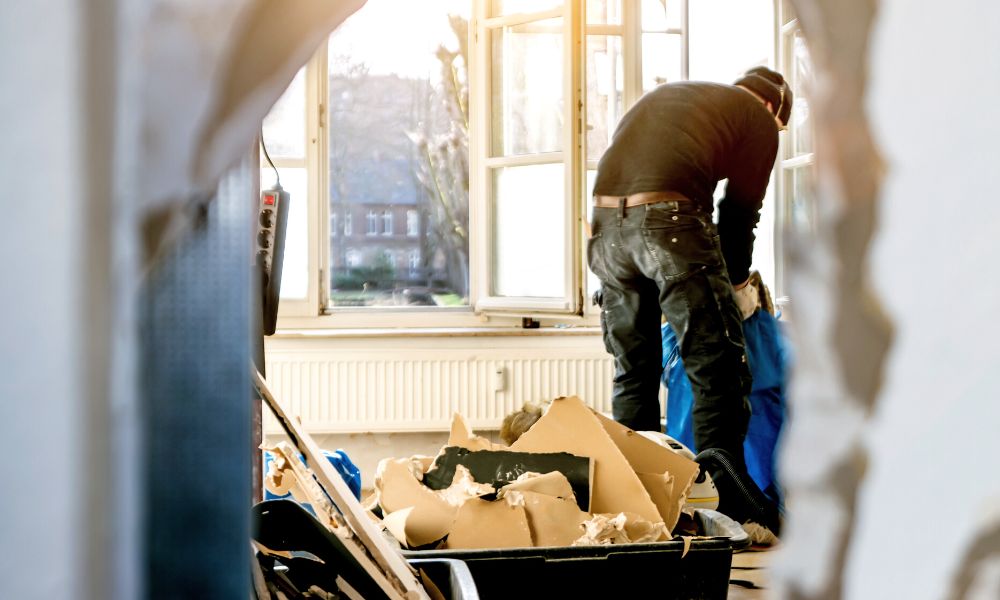The Importance of Hydraulic Hose Preventive Maintenance

A major leak or rupture is the greatest fear for any building with a hydraulic hose system. But too often, owners neglect their best weapon against hydraulic hose failure—maintenance. Below, we’ll discuss the importance of preventive maintenance andoffer tips on what to look for in a hydraulic hose inspection.
Greater Long-Term Value
The primary benefit of conducting routine and thorough maintenance and inspections on hydraulic hoses is that it ensures greater long-term value. The importance of hydraulic hose preventive maintenance is not dissimilar to maintenance for a car—the more you do it, the better chance of extending the car’s lifespan.
The longer you extend a car’s (or hydraulic hose’s) lifespan, the more value is put into the owner’s pocket. Hydraulic hoses are not inexpensive, so it always pays for owners to ensure they’re getting the most value out of every component. While these maintenance tasks and inspections may take time and money, they’re dwarfed by the time and money that could be lost from a major hose rupture or system failure from maintenance negligence.
Save Time
Some owners say they don’t have time for preventative maintenance, but this is a common fallacy. Regular preventive maintenance saves owners time and money in the long run because it ensures the hoses and their components are working productively and efficiently while reducing downtime should a significant leak, abrasion, or other problem occur.
What wastes more time—taking an hour or two for a thorough inspection or shutting down the entire system for days while you wait to find a replacement part and get everything back to normal? Save yourself time and money by setting aside time for routine inspections and maintenance.
What To Look for During Hydraulic Hose Inspections
We’ve stressed the necessity of routine inspections, but what should an owner or technician look for when inspecting hydraulic hoses and their components? Many things can cause problems in a hydraulic hose system that owners must be on the lookout for, including:
- Damaged hose covers and connectors
- Ruptures
- Leaks in hoses, connectors, and couplings
- Twisted hoses
- Tight bends in the hose routing
These problems may seem minor initially, but they can quickly grow into substantial failures that cost hundreds or thousands of dollars. The most important thing you should not do when discovering a hydraulic fitting leak is to ignore it. If your inspection yields disappointing results, it’s always best to have an expert address the issues immediately and get started on the repairs.
We hope our guide has helped you learn more about how essential inspection and preventive maintenance are for hydraulic hoses. If it’s been longer than a couple of months since your hoses have been inspected, seek to have them closely examined immediately.





